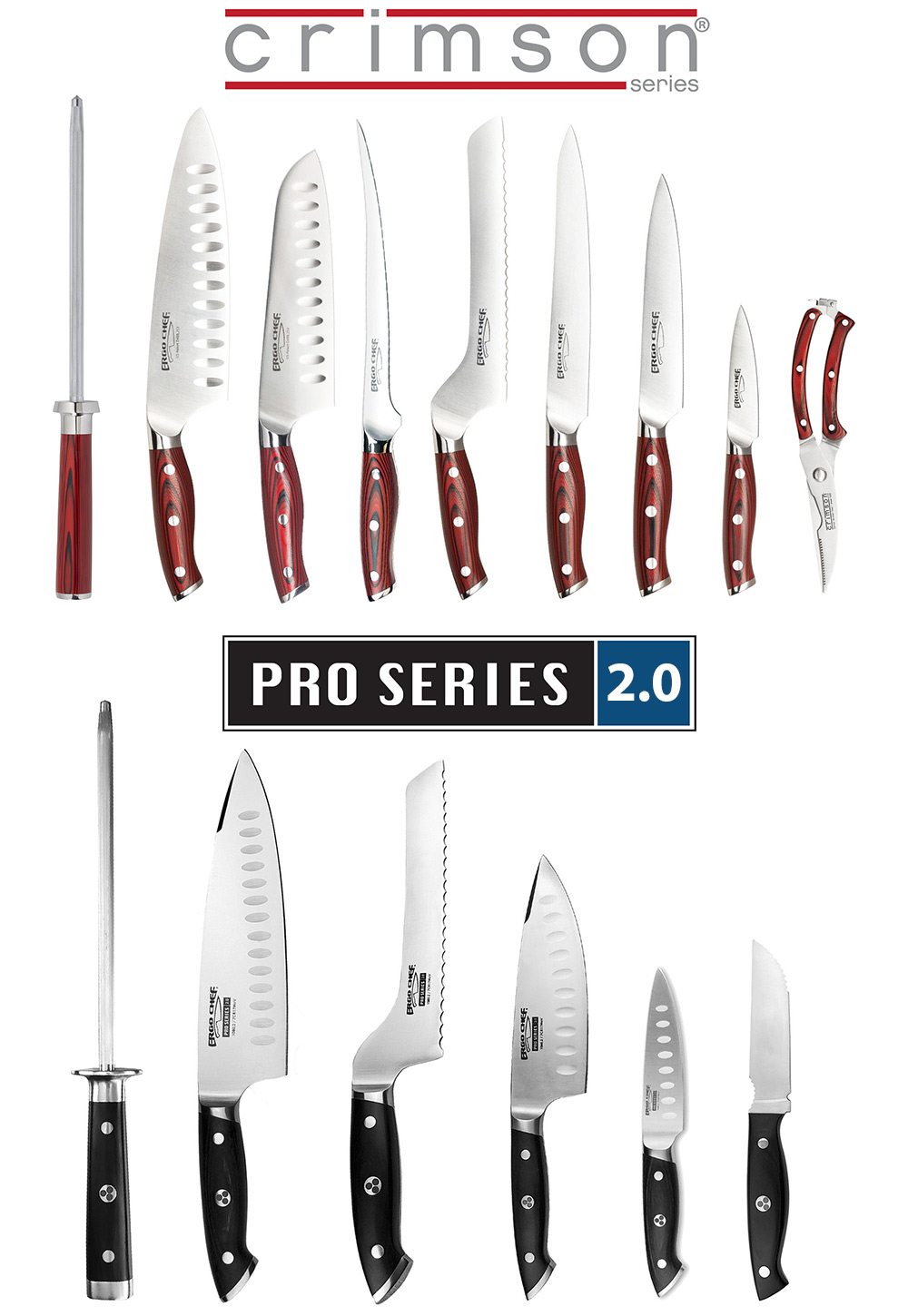
M-F 9:30am – 3:30pm EST
Our guest blogger, Christina, goes into some detail on how to prep vegetables and, as one of the world’s most popular vegetarians, she would know!
 I am not a peeler. It’s the rare occasion that I take the outer skin off a veggie, not even for non-organic items. You can’t peel the pesticides off and why lose those nutrients? The exceptions are acorn squash or anything that is obviously waxed. Otherwise, I like keeping the fiber from the skin, the surface nutrients, like vitamin C intact.
I am not a peeler. It’s the rare occasion that I take the outer skin off a veggie, not even for non-organic items. You can’t peel the pesticides off and why lose those nutrients? The exceptions are acorn squash or anything that is obviously waxed. Otherwise, I like keeping the fiber from the skin, the surface nutrients, like vitamin C intact.
To dice, wash the vegetable and wet your cutting board with a sponge or a wet cloth. Wetting the board prevents nutrients from the cut veggies from absorbing into the wood.
For round vegetables, cut them in half lengthwise and lay each half on its flat side on the board. Slice the vegetable lengthwise into slices (the thickness depends on how large or small the dice you want). Stack the slices and cut into spears. Gather the spears and cut crosswise to create a dice. This method works for any round veggie, from turnips to cabbage to onions to beets.
For long vegetables, like cucumber, carrot and parsnip, trim the tips as needed. Slice the veggie in half lengthwise and lay each half on its flat side on the board. Cut each half into long spears. Gather the spears and cut crosswise to create a dice.
Remember that the size of your dice depends on how thick or thin you cut the spears. The average dice is about ¼-inch. Mincing is just very small dicing.
Julienne/Matchstick
Trim the tips off the carrot or other vegetable you are planning to julienne. Lay the vegetable on the cutting board, on an angle, holding the thicker end. Thinly slice the veggie into thin diagonal pieces. If your knife is sharp, the slices will fall onto themselves, resembling fallen dominoes. You may need to rearrange the slices slightly to achieve this effect as you practice. Once the vegetable is sliced, hold the overlapped pieces in place with your hand, spreading your fingers to hold as many of the pieces in place as possible. Cut lengthwise across the pieces to create long, slender matchstick pieces.
For round vegetables, simply cut in half lengthwise and lay each half on its flat side on the board. Thinly slice lengthwise; stack the slices and slice into thin spears.
Shredding
To shred veggies like cabbage, you have 2 choices. Pull off a few outer leaves; roll them into cylinders and thinly slice crosswise to create long threads. You may also cut the vegetable in half and lay the flat side on the board and slice crosswise into threads. This is more challenging because the cabbage can be large and unwieldy to hold.
For leafy greens, simply trim off the tips of the stems (do not cut the stem out and throw away. The stems are loaded with valuable minerals). Roll the leaves into cylinders and slice them crosswise into threads. If the stems are very thick, simply fold each leaf in half, exposing the stem. Slice the stem out of the green and cook separately. Continue with the method to shred the leaves after removing the stem.
Chunk or Roll Cut
To cut round vegetables into chunks, cut the vegetable in half lengthwise and lay the flat side on the board. Cut into thick wedges; gather the wedges and cut crosswise to create the size chunk you want.
For long vegetables, trim the ends and lay the vegetable on the board, holding onto the thicker end. With your knife at an angle, cut crosswise, taking a chunk off the end. Roll the vegetable 90o and cut again. Keep rolling and cutting until you have cut the entire vegetable, adjusting the degree of rolling so that the pieces are similar in size when you are through.
PHOTO CREDIT: Brad Bradley from Eat n’ Listen.

Natoque viverra porttitor volutpat penatibus himenaeos. Vehicula commodo si hendrerit.




One Response
Good thing your knives are have an ergonomic design, it’s easy to make all these type of cuts when a knife feels comfortable in your hand.